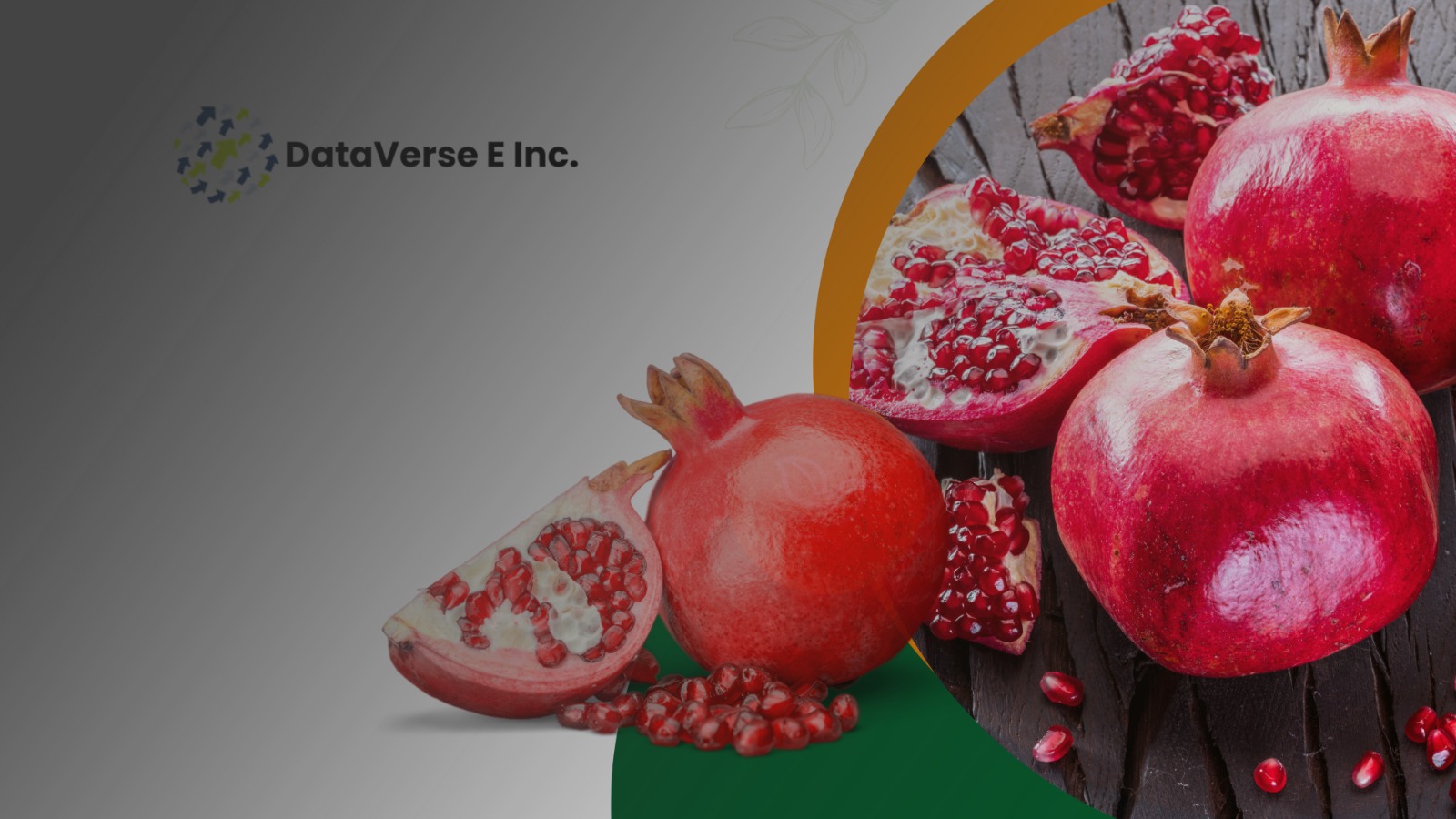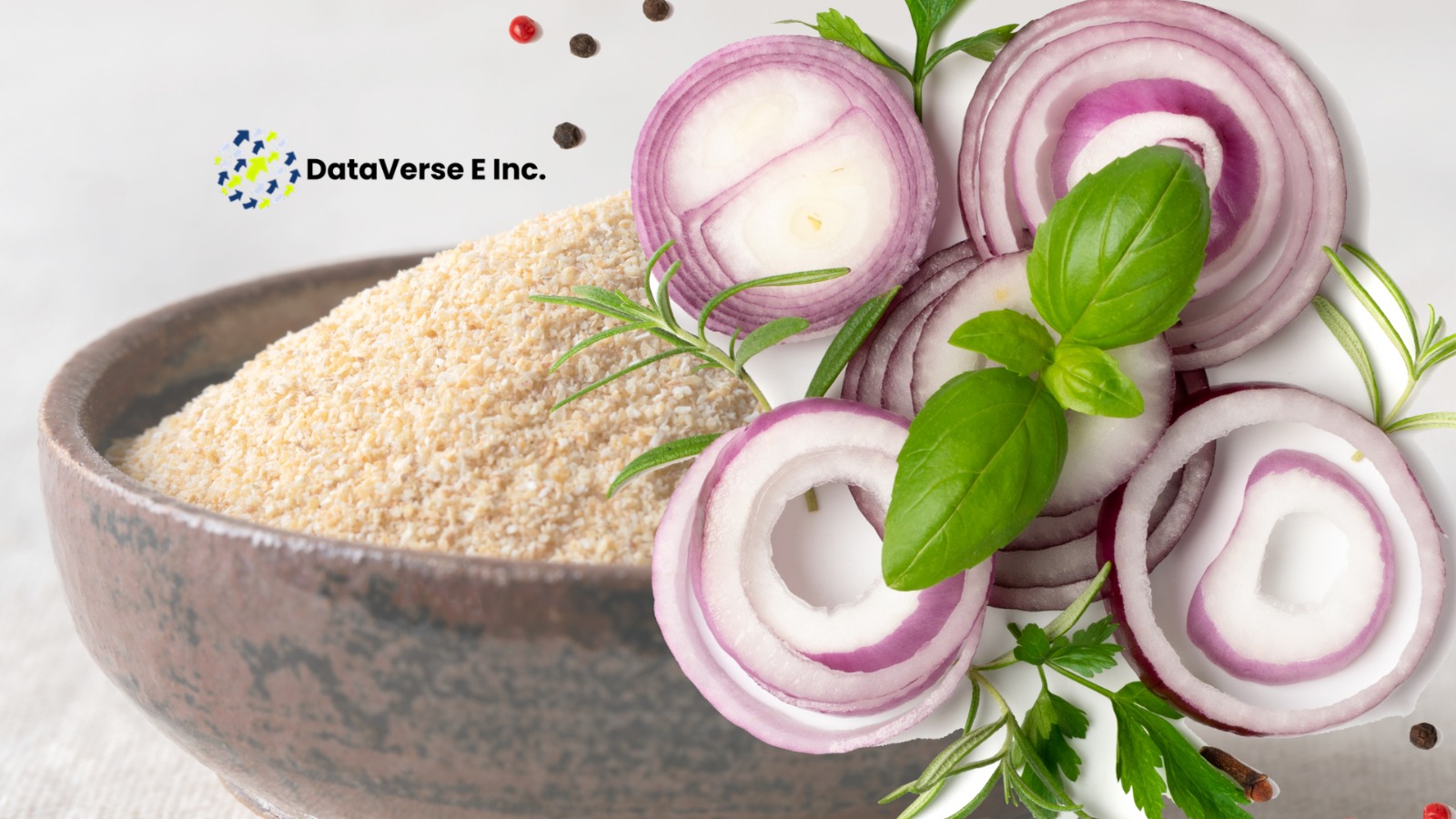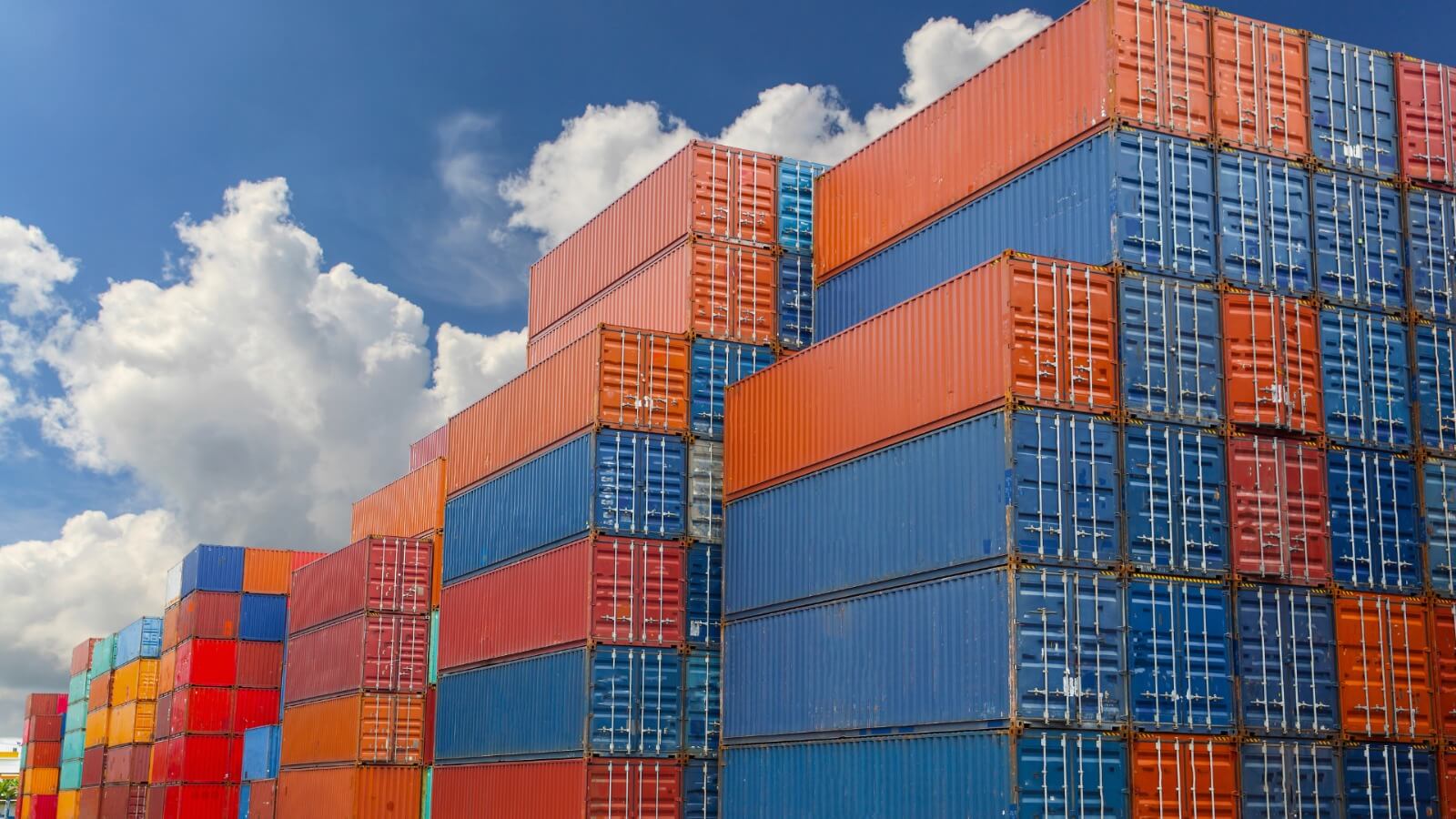Pomegranate, known as the “ruby of fruits,” is one of India’s most valuable agricultural exports. Over the years, India has emerged as a major supplier of fresh pomegranates to global markets due to its high-quality varieties like Bhagwa, Arakta, and Ganesh. The fruit’s nutritional value, coupled with increasing global health awareness, has pushed its demand to record highs. With reliable global import export data provider platforms now tracking this booming trade, exporters and importers can access accurate Pomegranate Import-Export Data, making it easier to analyze price trends, buyers, and market opportunities worldwide.
Global Market Overview
The global pomegranate market has been expanding steadily with rising consumer preference for antioxidant-rich fruits. In 2024-25, total international trade in pomegranates is expected to cross US $10 billion, driven by strong demand from Europe, the Middle East, and North America. India remains one of the leading exporters, accounting for a significant share of global supply. According to import export trade data provider insights, the total pomegranate export volume from India in 2024-25 is likely to exceed 75,000 metric tons, reflecting growing access to new destinations. Comprehensive import export data continues to guide both suppliers and buyers in the expanding fruit trade ecosystem.
India’s Pomegranate Export 2024-25
India’s total pomegranate exports during 2024-25 are projected to reach over US $70 million, showing consistent growth compared to previous years. Maharashtra, Gujarat, and Karnataka are the leading producing states, contributing nearly 90 % of the total export volume. The fruit is exported mainly in fresh form, with increasing interest in value-added products such as pomegranate arils, juices, and extracts. Supported by technology, data, and efficient logistics, India has strengthened its position as a reliable exporter. Exporters rely on India import export data platforms for tracking demand and optimizing shipments, ensuring India remains competitive in global trade markets.
Top Pomegranate Products Exported
- Fresh Pomegranate (HSN 08109010)
- Pomegranate Arils (HSN 08109090)
- Pomegranate Juice Concentrate (HSN 20098900)
- Dried Pomegranate Seeds (HSN 12079990)
- Pomegranate Extracts and Powder for Pharma & Cosmetics
Among these, fresh pomegranates dominate export shipments, while processed and value-added items are gaining momentum due to their longer shelf life and premium pricing in international markets.
Top 5 Exporting & Importing Countries
Top 5 Pomegranate Exporting Countries:
- India
- Iran
- Spain
- Egypt
- Turkey
Top 5 Pomegranate Importing Countries:
- United Arab Emirates
- Netherlands
- Bangladesh
- Saudi Arabia
- United States
India’s trade relations with the UAE and Europe remain strong, while new opportunities are opening in the USA after the successful sea shipment of Indian pomegranates.
Top Buyers and Suppliers
India exports mainly to global wholesalers, supermarkets, and fruit distributors. Leading buyers include companies in the UAE, Netherlands, and Saudi Arabia that specialize in fresh produce imports. On the supply side, Indian exporters such as Himalaya Agro, Kaushal Exports, Kandhari Beverages, Dev Exports, and Foods and Inns Ltd are among the top names serving global demand. These companies leverage detailed Pomegranate Import-Export Data and agriculture dairy sectors trade data to manage shipments and identify profitable buyer networks.
HSN Code for Pomegranate
The Harmonized System Nomenclature (HSN) code for fresh pomegranates is 08109010, used globally to classify and record trade transactions. Exporters use this code in shipping documents to ensure accurate customs processing and transparency in import export trade data.
Global Trade Challenges
Despite strong growth, the pomegranate export industry faces challenges:
- Perishability: Limited cold-chain infrastructure affects fruit quality during transit.
- High logistics costs: Air freight remains expensive, especially for distant markets.
- Market competition: Iran, Spain, and Egypt often compete on price and seasonal availability.
- Regulatory hurdles: Phytosanitary and quality standards vary across importing countries.
However, exporters using global import export data provider platforms can overcome these barriers by targeting high-value markets, predicting demand, and improving supply-chain efficiency through data-driven planning.
Emerging Opportunities
The future of pomegranate exports from India is promising. Expanding sea-routes to Europe and America will reduce freight costs and improve shelf life. Processed pomegranate products are finding new uses in nutraceuticals and skincare, creating additional value. The integration of agriculture dairy sectors trade data and real-time import export data allows producers to forecast trends and maintain price competitiveness. With government support for agricultural exports and improved logistics, India’s pomegranate industry is set to achieve record highs in 2025 and beyond.
Latest Developments
In early 2025, India celebrated its first commercial sea shipment of pomegranates to the United States, marking a breakthrough in fruit exports by sea. This milestone highlighted India’s readiness to compete globally with better packaging, quality assurance, and supply consistency. Ongoing digitalization in import export data systems is also helping exporters track performance in real time and discover untapped markets for expansion.
Conclusion
India’s pomegranate export sector is a shining example of how technology, quality, and data intelligence can drive global trade success. The country’s reputation as a premium fruit supplier continues to grow, supported by reliable import export trade data provider insights. With rising health awareness, expanding markets, and improved logistics, Indian pomegranate exporters have every opportunity to capture a larger global share. Through the use of Pomegranate Import-Export Data and India import export data, stakeholders can make informed decisions and build a stronger, data-driven future for India’s agricultural export industry.






